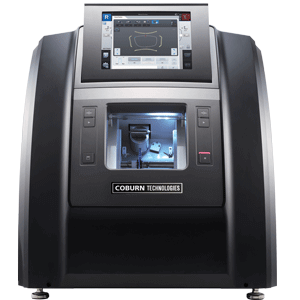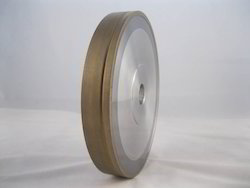The Technology Hidden Behind the Lens Edger
From an optical point of view, they are fundamentally different from conventional soft contact lenses by being stable in shape, thus creating a tear-like lens between their back surface and the cornea. This lens equates to all the corneal irregularities, and since the corneal refractive index differs only slightly from the tear refractive index, this tear lens rectifies those aberrations that are incapable of correcting neither the glasses nor the regular soft contact lens edger . They therefore play an irreplaceable role in correcting irregular astigmatism, which occurs, for example, in keratoconus. With few exceptions, RGP contact lenses are the best choice for correcting optical eye defects.
The Proper Representation

Their representation in correcting eye defects varies from country to country. In a simple way, the higher the level of contactology, the higher the proportion of contact lenses. A major drawback to their greater use is the need for the eye to become accustomed to this lens. While the soft contact lens gets used to the eye quickly, the hard lens adaptation process takes much longer . If a hard contact lens correction is interrupted for several days, the adaptation will begin practically again. Since soft contact lenses are very comfortable and capable of correcting normal optical eye defects, today the use of RGP contact lenses is limited to special corrections (keratoconus, high astigmatism, irregular astigmatism) and orthokeratology. Also an alternative principle (not used here) is multifocal correction limited to RGP contact lenses.
- Another disadvantage is the need for much more experience of a contactologist when applying a RGP contact lens than when applying a soft contact lens. Also, the application center, if it wants to apply RGP lenses, must be very well equipped.
There are effective aesthetic solutions for higher ametropia (stronger spectacle lenses with higher diopters). It is possible to choose a thin version, which will improve the overall appearance of the glasses. There are different degrees of thinning, from which everyone can really choose. Then even the glasses with higher diopters can be an interesting and reviving supplement and not just an unsightly functional aid.
Plastic lenses
This is the most widely used lens glass material today. It is characterized by a lower weight, which is about 40% smaller than that of mineral glass. Plastic spectacle lenses have another undisputed advantage, and they are very resistant to breakage because they are not as fragile as glass. In particular, it brings higher wearing comfort and less susceptibility to destruction. These features are key in today’s fast times.
They are chosen not only by people who use glasses in active daily life. Of course, children should be able to use glass lenses if they could be dangerous (breakage could cause injury)
The price for the above mentioned properties is a higher scratch susceptibility, respectively. surface wear. Modern plastic lenses can, however, be made in a hardened version, which significantly increases their scratch resistance.
Plastic lenses are chosen in particular by customers who use glasses in their active daily life. These customers favor the comfort of wearing and the lower vulnerability to destruction. These features are key in today’s fast times.

